


No sooner had we got behind the wheel of the Jaguar XKR-S than we were in awe on account of the way form meets function in this utterly fast British supercar
IT IS NOT VERY LONG BEFORE WE SEE THE VOGUE of internal combustion cars come to an end. With global oil reserves depleting rapidly and electric cars becoming faster and faster, it is not in the distant future that we shall be talking of batteries and motors equipping cars that whiz past at speeds in excess of 300 km/h, but with the growl absent. Until then, however, I want to live in the fast lane with cars that sport the conventional engines with petrol burning and exhausts making music (though that might give the goosebumps to those around). I want to experience the raw power and sheer madness of engineering. And the Jaguar XKR-S managed to offer just that.


 Gunning down the Pune bypass on NH 4, the Jaguar XKR-S’s V8 was making all the dramatic notes that made heads turn, cars move out of their lane and two-wheeled commuters run for their lives. Sitting behind the steering wheel, I kept flooring the throttle that helped me drive the 5.0-litre supercharged engine sitting under the hood of this Jag. But such abuse of the throttle pedal was not permitted for more than a few seconds. After all, the amount of power that the car puts down on the road makes it gather speed quicker than the human brain can fathom. Not just that, the rubber failed to find adequate grip on the tarmac that had become wet following the pre-monsoon showers the night before. I had to find a place where I could try more than what the restricted highway allowed. A closed area, a controlled environment, I thought to myself as I passed the Shivachhatrapati Sports City at Mahalunge-Balewadi on the outskirts of Pune. Just the right place! The internal roads of this complex had been used as a circuit a couple of years ago and since then the complex had seldom been visited. The deserted look that the place wore was enough to convince me to sneak inside and try out the British supercar at a little higher limit than what the public roads allowed.
Gunning down the Pune bypass on NH 4, the Jaguar XKR-S’s V8 was making all the dramatic notes that made heads turn, cars move out of their lane and two-wheeled commuters run for their lives. Sitting behind the steering wheel, I kept flooring the throttle that helped me drive the 5.0-litre supercharged engine sitting under the hood of this Jag. But such abuse of the throttle pedal was not permitted for more than a few seconds. After all, the amount of power that the car puts down on the road makes it gather speed quicker than the human brain can fathom. Not just that, the rubber failed to find adequate grip on the tarmac that had become wet following the pre-monsoon showers the night before. I had to find a place where I could try more than what the restricted highway allowed. A closed area, a controlled environment, I thought to myself as I passed the Shivachhatrapati Sports City at Mahalunge-Balewadi on the outskirts of Pune. Just the right place! The internal roads of this complex had been used as a circuit a couple of years ago and since then the complex had seldom been visited. The deserted look that the place wore was enough to convince me to sneak inside and try out the British supercar at a little higher limit than what the public roads allowed.


 Jaguar make beautiful cars and this one is no exception. The XKR-S looks utterly fast. And the best part about it is that the form meets function in the best possible manner. The car derives its design in harmony with engineering and aerodynamics. Hence you see side intakes, vents for hot air on bonnet, vertical channels on the sides and carbon-fibre splitter at the front and a rear wing at the back – all of which are aimed at enhancing the performance of the car while being aesthetically awesome.
Jaguar make beautiful cars and this one is no exception. The XKR-S looks utterly fast. And the best part about it is that the form meets function in the best possible manner. The car derives its design in harmony with engineering and aerodynamics. Hence you see side intakes, vents for hot air on bonnet, vertical channels on the sides and carbon-fibre splitter at the front and a rear wing at the back – all of which are aimed at enhancing the performance of the car while being aesthetically awesome.
The cabin features subtleness and elegance. Black leather with body coloured stitching, dials with easy readouts, a centre console with essential switches laid out in a neat fashion, offering convenient ergonomics and sport seats that don’t compromise on comfort make for a superb cabin.


 The XKR-S, Jaguar say, is the most powerful and fastest production car they have ever built. It is based on the XKR that was launched in 2009, but has much more to it than the former coupé. This one is a hardcore performer with the intention of doing exactly what its engineers designed it for. If figures had to do the talking, the five-litre supercharged engine’s maximum power of 550 PS and peak torque of 680 Nm would by itself scare the living daylights out of an ordinary mortal. What needs special attention here is the fact that Jaguar have used the third generation of the AJ-V8 engine that is in a complete aluminium construction. It features quad-cam with variable timing system (Jaguar call it DIVCT or Dual Independent Valve Cam Timing) that gives a strong bottom and mid range. The engine response is also so precisely to the throttle input that it creates an amazing driver-car relationship wherein the latter behaves exactly the way the former demands.
The XKR-S, Jaguar say, is the most powerful and fastest production car they have ever built. It is based on the XKR that was launched in 2009, but has much more to it than the former coupé. This one is a hardcore performer with the intention of doing exactly what its engineers designed it for. If figures had to do the talking, the five-litre supercharged engine’s maximum power of 550 PS and peak torque of 680 Nm would by itself scare the living daylights out of an ordinary mortal. What needs special attention here is the fact that Jaguar have used the third generation of the AJ-V8 engine that is in a complete aluminium construction. It features quad-cam with variable timing system (Jaguar call it DIVCT or Dual Independent Valve Cam Timing) that gives a strong bottom and mid range. The engine response is also so precisely to the throttle input that it creates an amazing driver-car relationship wherein the latter behaves exactly the way the former demands.
However, it is not just the engine that makes a car good. As they say, with great power comes great responsibility. In this case, the engine gets the power and the chassis, suspension and electronics handle the responsibility.
The circuit on which I was with XKR-S was one with narrow roads fl anked by high pavements and mostly 90-degree turns. A little worrisome, right? Indeed it would be had I been driving something else. The XKR-S is so precise when it comes to handling that never did it let me down by leaving the intended line. It is like a point-and-shoot weapon, bang on target with no drama to scare the driver. There is no hesitation whatever while turning. Making all this possible is the chassis that uses aluminium architecture with maximum rigidity and minimum weight.
Then there is the double wishbone front suspension, which has been heavily revised from the XKR for better feedback. Even the rear suspension has been optimised for high-speed precision. The overall spring rating is up by 28 per cent from the XKR, thus making sure that there is nothing to grumble about when it comes to hardcore cornering.
To add to all this are the electronics developed under the Dynamic Stability Control System that makes all the efforts to keep things under control. However, if there is someone who is more experienced (read professional) and in more dynamic situations like racing, the system gives an option to shift to the ‘Trac DSC’ mode, wherein the electronics intervention gets reduced and the driver gains greater control of the car to explore its actual limits.
After being content with driving around in the closed environment and exploiting the human limitations of trying to tame a wild thing like this one, it was time for some sane driving within city traffic and then finally heading for that stretch of secluded road for hooking on the VBox and doing our set of performance tests.


 To my surprise, in the city, this highly focused sportscar wasn’t what I expected it to be. As long as you don’t switch to the ‘Sport’ mode, when the suspension stiffens up, the XKR-S stays quite comfortable over the slightly uneven roads. All you need to do in city is keep your right foot under control. The steering also felt very light at city driving speeds and offered a small turning radius for the tight U-turns. The only problem while driving in the city was the blockage of vision by the rear-view mirror in a right turn.
To my surprise, in the city, this highly focused sportscar wasn’t what I expected it to be. As long as you don’t switch to the ‘Sport’ mode, when the suspension stiffens up, the XKR-S stays quite comfortable over the slightly uneven roads. All you need to do in city is keep your right foot under control. The steering also felt very light at city driving speeds and offered a small turning radius for the tight U-turns. The only problem while driving in the city was the blockage of vision by the rear-view mirror in a right turn.
There was no doubt that the Jaguar XKR-S was incredibly powerful. Of course, as mentioned earlier, the output figures had given enough reasons for excitement when it came to performance testing. All that power and torque translated into mind-boggling acceleration on the road. And I really mean it. The XKR-S became the quickest and fastest car that we had tested at Car India so far by scoring 0-100 km/h in just 5.1 seconds and going on to hit 261 km/h (true) before we ran out of the short stretch of road and had to slow down. But the kind of urgency that the Jag showed until attaining that speed was enough to assure us that the magical 300 km/h was not too far. Even at speeds in excess of 250 km/h the XKR-S felt so composed and so much at home that it made us wonder if there was anything at all that could unsettle this car. The steering weighed up rapidly with the increasing speed and made sure that the car didn’t budge from its straight line as the pedal stayed floored.
 It is amazing to witness the absurd capabilities of the XKR-S in real world situations. It is even more incredible to experience the sheer engineering that makes this Jaguar such an impeccable performer. It would be a little too far-fetched if I said that the XKR-S is a good package, for it isn’t meant to be one. It is supposed to be a track tool, which it definitely is, but at the same time it surprisingly fares well on the city roads, too, considering the segment it caters to. It won’t give a pain in your back if you drive it to office, but, at the same time, make sure that you have all the fun while doing so, not to mention grab all the limelight on the streets.
It is amazing to witness the absurd capabilities of the XKR-S in real world situations. It is even more incredible to experience the sheer engineering that makes this Jaguar such an impeccable performer. It would be a little too far-fetched if I said that the XKR-S is a good package, for it isn’t meant to be one. It is supposed to be a track tool, which it definitely is, but at the same time it surprisingly fares well on the city roads, too, considering the segment it caters to. It won’t give a pain in your back if you drive it to office, but, at the same time, make sure that you have all the fun while doing so, not to mention grab all the limelight on the streets.
At Rs 1.9 crore (approx OTR, Pune), the XKR-S is a car that only billionaires can think of. And a few lucky automotive journalists actually drive.
Story: Adhish Alawani
Photography: Sanjay Raikar







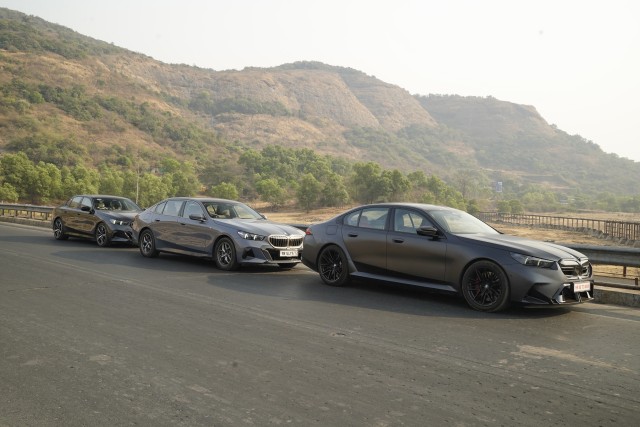
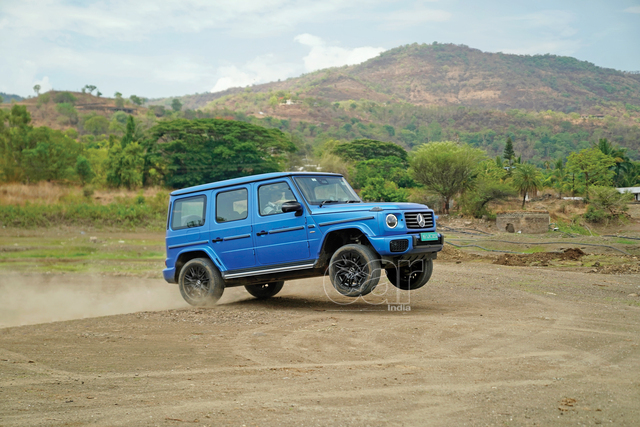
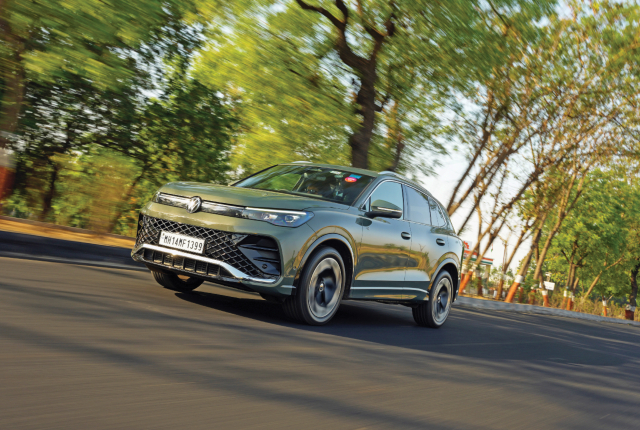
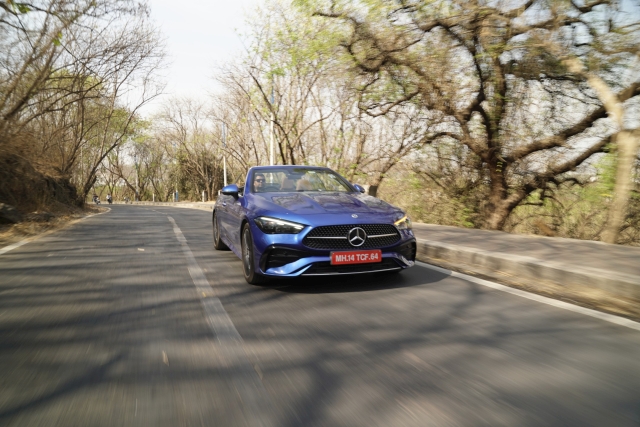

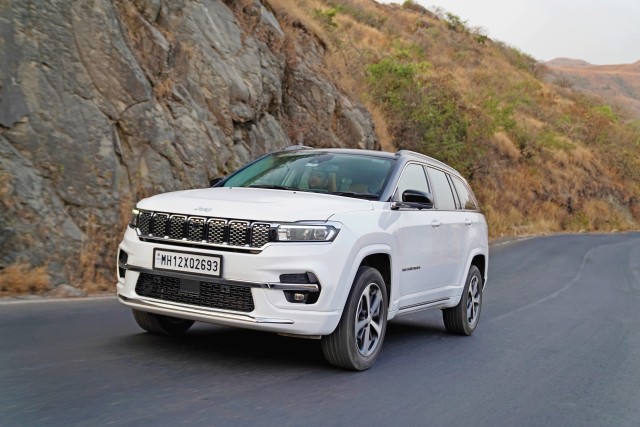
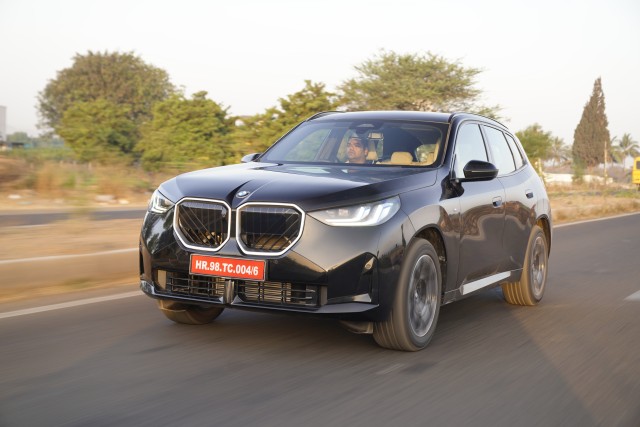
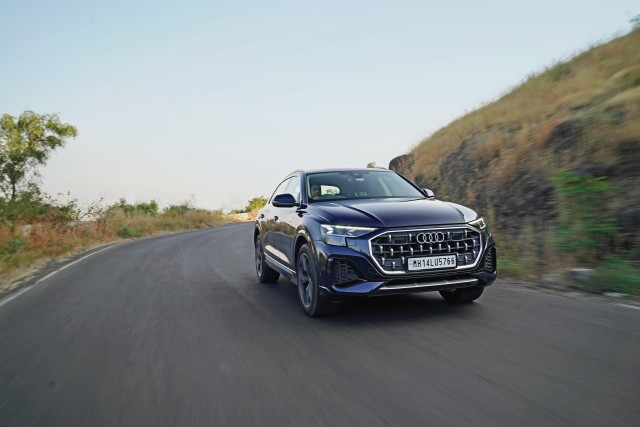
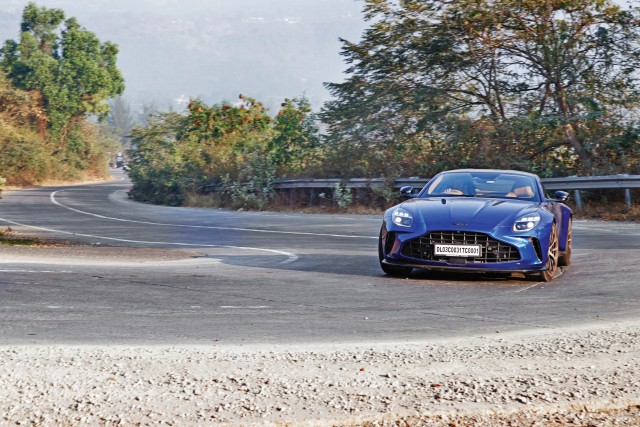
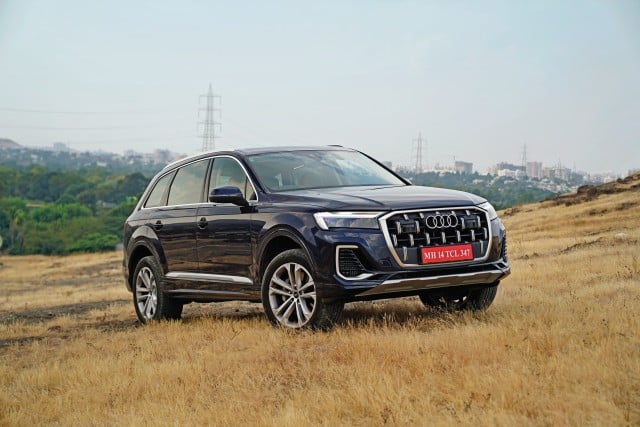
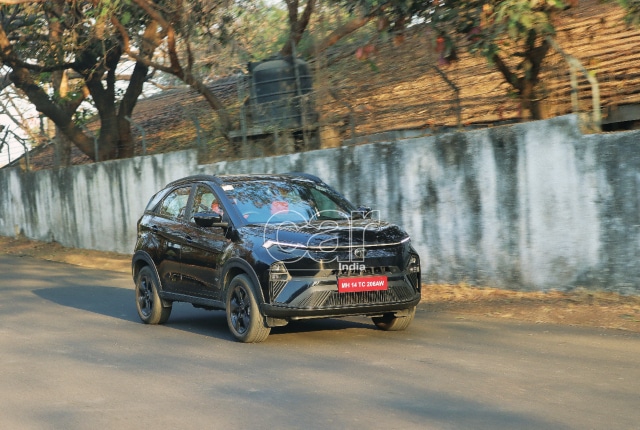



Leave a Reply